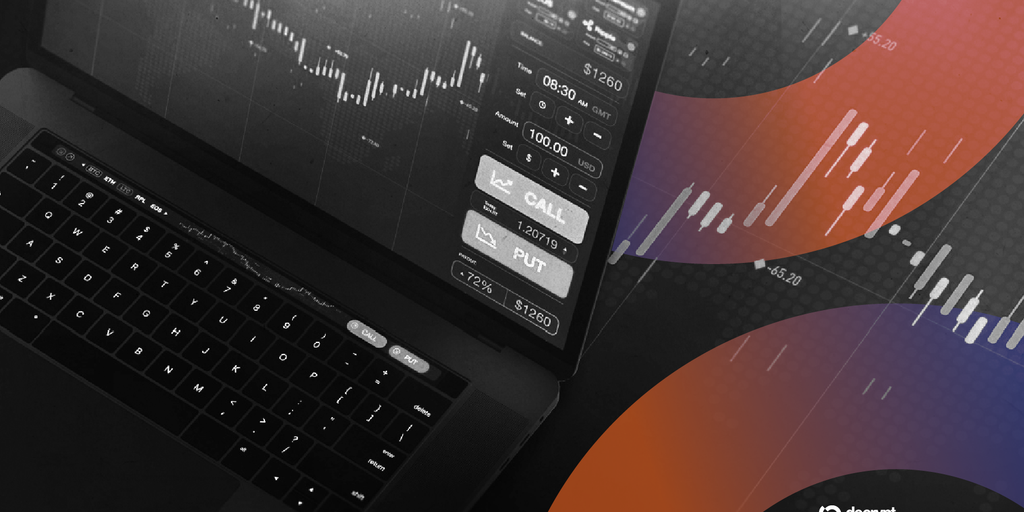Circle and MicroStrategy Lead Crypto Stock Slide as Bitcoin Tests $88.6K; Nvidia After-Hours Lift Tempers Pain
Bitcoin slipped 2.7% to ~$92K, briefly under $88.6K. Circle closed at $69.72, MicroStrategy plunged ~10%, miners fell 4–6.5%, then rebounded after Nvidia’s strong Q3 results.

Because Bitcoin
November 20, 2025
A sharp Bitcoin drawdown is exposing how brittle crypto equity proxies can be when the underlying spot market wobbles. On Wednesday, digital asset–linked stocks sold off even as broader tech steadied, and only an after-hours jolt from Nvidia’s strong Q3 print stopped the bleeding.
Stablecoin issuer Circle closed at $69.72, off nearly 9% after an intraday dip below $69—its lowest level since the June 5 debut. MicroStrategy, the bellwether corporate Bitcoin treasury, was among the hardest hit, sliding close to 10%. BitMine Immersion fell 9.6%, while Sharplink Gaming—seen as having Ethereum sensitivity—dropped more than 6%. Circle, MicroStrategy, and BitMine recouped some ground after hours following Nvidia’s results, which eased anxiety around AI valuations that had been weighing on risk assets.
Spot crypto didn’t offer relief. Bitcoin traded near $92,000, down 2.7% over 24 hours per CoinGecko, and briefly broke below $88,600 for the first time since late April. At that level, BTC is now down about 4% year-to-date, roughly six weeks removed from its record high above $126,000. Ethereum slipped about 2%, while XRP and Solana declined 4% and 2%, respectively, despite the success of ETFs tied to those tokens and the pending listing of three more funds tracking the assets.
Miners absorbed another wave of selling. MARA Holdings, Riot Platforms, and CleanSpark fell between 4% and 6.5%. These firms have been reallocating capacity toward high-performance compute to serve AI demand, and they, too, bounced after hours post-Nvidia—but shares remain down more than 40% over the past month. Coinbase eased 1.8% as it teased a “new era” on X that hinted at a prediction market product. Robinhood offered a rare green print, rising 3.3%, while Galaxy Digital ticked up 0.7%.
What matters here isn’t just beta—it's reflexivity. Public crypto proxies often behave like levered bets on sentiment around Bitcoin’s liquidity, not just Bitcoin itself. When BTC knifes through levels like $90K, boards with large on-balance-sheet exposure (MicroStrategy) and new-to-public names with valuation narratives still settling (Circle) tend to see multiple compression and factor de-risking at once. Miners face a double bind: rising operational intensity and energy costs into a softer coin price, offset only when the market re-prices AI compute scarcity—as it did, briefly, after Nvidia’s report. That AI “halo” can cushion drawdowns, but it rarely rewires crypto’s cyclical mechanics on its own.
Positioning and psychology are shifting, too. On Myriad’s prediction market, nearly 70% now lean toward a move to $85,000 versus $115,000, flipping from last week’s tone. Przemysław Kral, CEO of Zondacrypto, said Bitcoin has room to fall further amid widening macro uncertainty and fading hopes for Federal Reserve rate cuts. If rate-cut timing drifts out, equity duration sensitivity bleeds into crypto-exposed stocks first, while spot BTC digests it more slowly through basis, funding, and ETF flow dynamics. Myriad is a unit of Dastan.
ETFs tied to XRP and SOL are a useful tell: decent product traction hasn’t insulated spot—suggesting flow is not yet large enough to overpower broader de-risking, or that investors are using strength to re-balance rather than chase. Until BTC reclaims key levels and term structure normalizes, the equity layer will likely remain the higher-volatility expression of crypto risk.
For traders, that means respecting the hierarchy: watch BTC’s levels and liquidity first, then overlay AI-driven beta and rate expectations to handicap how violently the listed proxies can react. The after-hours bounce shows how quickly narratives can shift; it doesn’t, by itself, resolve the stress test that started when Bitcoin slipped under $90K.
